
Feb 25, 2010 8:08 AM, By Elton Robinson, Farm Press Editorial Staff
Jim Stack doesn’t have a problem with world trade as a means to provide the world’s inhabitants with an adequate supply of agricultural products. It’s what comes with it that troubles him.
“When we move products around, we cannot help but move pests and pathogens, too,” the director of the National Biosecurity Research Institute at Kansas State University said at the National Alliance of Independent Crop Consultants annual meeting in Orlando, Fla.
“In 2007, the United States imported 48 million tons of agricultural products and only inspected 1 percent to 2 percent of them. The volumes are just too big. We know things are getting through. We are intercepting thousands of pests and pathogens with just 1 percent to 2 percent inspection.”
Stack says the problem will likely worsen as world population increases, and world trade rises to compensate.
“Today, over 1 million people live on lands that exceed the carrying capacity. One-third of the world’s population lives in poverty, and 100 million people live in imminent danger of starvation.”
With projections that world population will reach 9 billion people in several decades, or 32 percent more people than exist at present, “this places a lot of pressure on the world to produce.”
Stack noted that the United Nations’ Millennium Goals, established 10 years ago to eradicate extreme poverty, alleviate extreme hunger and improve public health, suggests that increasing world trade is the key to providing food security in the world.
But what critters will be hitching rides on crates and containers? Quite a few, Stack says, unless plant biosecurity efforts are stepped up.
Stack defines plant biosecurity as “containment, or keeping certain organisms in certain spaces, and exclusion, or keeping certain organisms out of certain spaces. That’s whether we’re talking about a field, a state or an entire nation.
“During the course of this meeting, there are 6 million cargo containers in transit on the ocean. Interestingly, while we’ve been sitting here, 82 containers are going to fall off the ship. Some of them wash up on shores, break open and spew their contents. If it’s a shipment of Lays potato chips, it’s not bad. But it’s not just the product. It’s the containers they’re being shipped in. Invasive species will cause $1.2 billion in damage in the three days of this meeting.”
Stack says the magnitude and expanse of modern trade makes it virtually impossible to check every container or crate. “The geographic barriers that used to keep organisms contained are irrelevant. We’re putting them on ships and airplanes. Natural barriers are now irrelevant.”
Stack said an example surfaced recently, with central Italy’s importation of used automobile tires from the United States, which carried mosquitoes which subsequently vectored a virus. “Thousands of people became ill. They lost productivity in the workplace. A lot of donated blood was also affected and they had massive disruptions of scheduled surgeries.”
The speed at which produce moves is another concern for Stack. “Right now, we can produce plants in Kenya and Guatemala, harvest them, transport them to the United States, get them through the inspection process and to wholesale in the United States in 36 hours.
“Right outside the inspection stations is a line of trucks waiting to transport the products once they’re cleared.”
The 2008 farm bill “calls for enhanced surveillance and interception for imported goods,” Stack said. “This is another step in the right direction. Is it going to be enough? Absolutely not, but not because of inadequate effort. It’s because the volumes are too large.
“Just in the Port of Miami in 2009, we imported over a million live plants and 2.6 million pounds of seed for planting. Forty-four thousand potential invasives were intercepted and 2,700 exotic pests were identified.”
Stack says one key to enhancing plant biosecurity is early detection. “The idea is to find it fast. It’s the people in the fields, the packing houses and the distribution systems that need to be the eyes. Enhanced surveillance is all about being aware of what the potential introductions are or being aware of unusual circumstances.”
Stack noted that the National Plant Diagnostic Network is one of several organizations providing training for the effort. “There are also online modules and workshops. I encourage you to stay current on this.”
Stack says that some leaders in developed nations have advocated that their countries “stop trading plants altogether. We can’t do that. But we have to understand the consequences of trade, then commit the preparation necessary to deal with some of the negative impacts.
Another aspect of plant biosecurity is bioterrorism, according to Stack. “It is not as big a deal as natural introduction, but to ignore it would be foolish.”
There has been at least one instance of bioterrorism, Stack said. “In Brazil there is a pathogen that was introduced from one region to another by land reformers who wanted to damage the local cocoa industry and its hold on local politics. They wanted to muck up the economy there so they could come into power. The pathogen did become established, and cocoa production fell 62 percent in 10 years.”
The irony of plant biosecurity versus food security isn’t lost on Stack either. “Increased trade undermines plant biosecurity. How does this make sense? The solution is the problem.”
e-mail: erobinson@farmpress.com





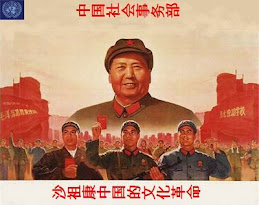










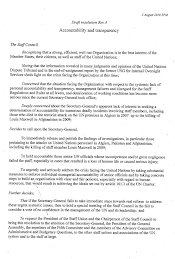

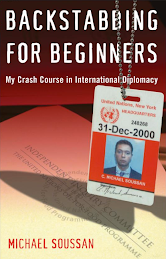
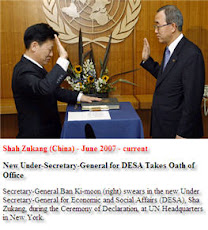

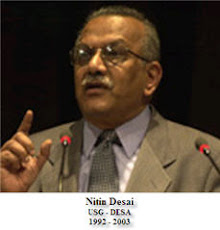
No comments:
Post a Comment